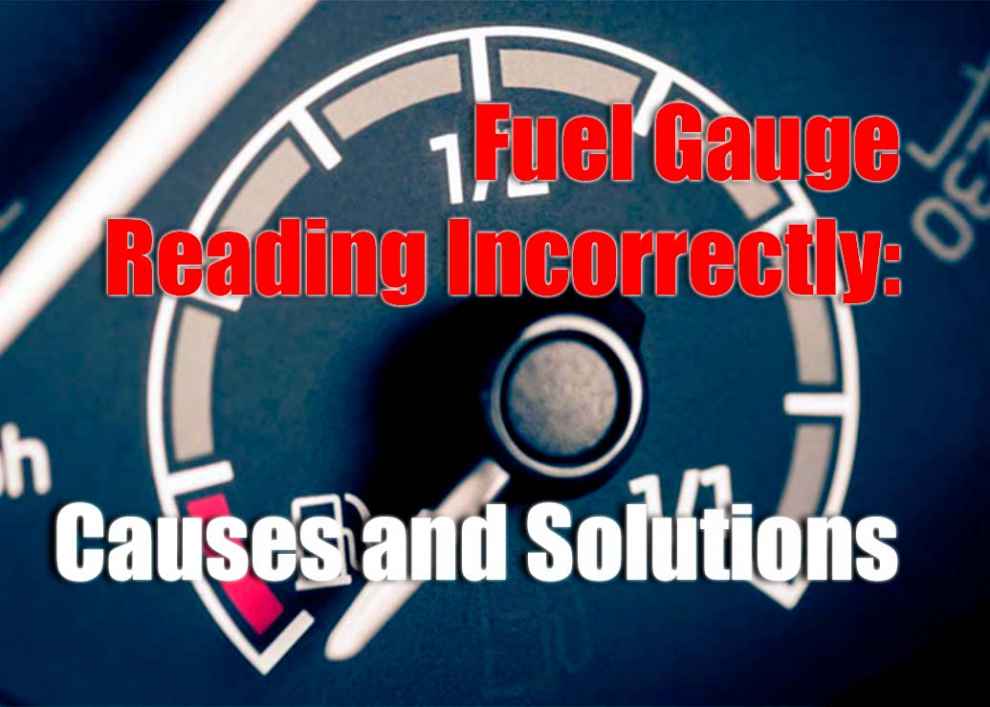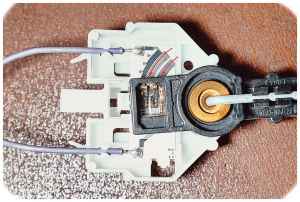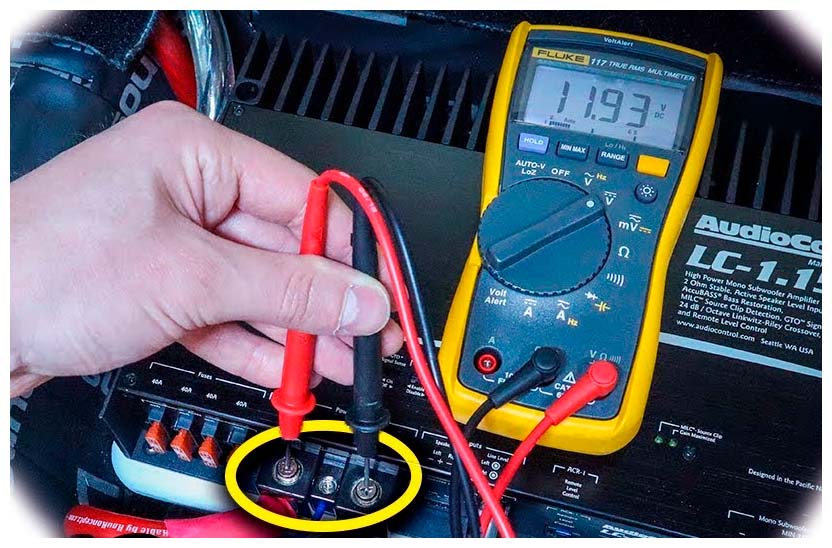An incorrect fuel gauge reading can be a major source of frustration, especially if you attempt to fill your vehicle’s tank only to find out that it has already been topped off. There are many reasons why a fuel gauge may be inaccurate, such as faulty wiring connections or a defective instrument cluster. In this guide, we will discuss the possible causes of an incorrect fuel gauge reading and provide step-by-step instructions for troubleshooting the issue.
Possible Causes of an Incorrect Fuel Gauge Reading
There are several potential causes for an inaccurate fuel gauge reading. These include:
-
Faulty Sending Unit/Fuel Level Sensor: The sending unit is responsible for sending information about the amount of fuel in the tank to the instrument cluster, which then displays this information on the dashboard via a digital display or needle on a dial. If this sending unit is malfunctioning or disconnected from its wiring harness, it may cause an incorrect reading on the fuel gauge.
-
Corroded Ground Wire Connections: The ground wire is used to complete electrical connections on various components in your vehicle’s electrical system, including those related to its instrument cluster and its fuel level sensor. If this ground wire connection is corroded or otherwise obstructed, it can cause the fuel gauge to display an incorrect reading.
-
Short Circuit or Loose Wiring Harness Connections: Electrical short circuits and loose wiring harness connections can disrupt the flow of electricity to the fuel level sensor and its associated components, which could result in an inaccurate fuel gauge reading.
-
Defective Instrument Cluster or Clock Spring Issues: The instrument cluster is responsible for displaying the information sent by the sending unit to the dashboard, such as fuel level readings and vehicle speed. If this instrument cluster becomes defective due to a faulty clock spring or other electrical issues, it may cause an incorrect fuel gauge reading.
Troubleshooting the Issue Step-by-step
To troubleshoot your vehicle’s incorrect fuel gauge reading, you must first check its electrical system for faults that could be causing the issue. To do so, follow these steps:
-
Check the Vehicle’s Electrical System for Faults: First, check your vehicle’s electrical system for any visible signs of corrosion or damage on related components such as battery terminals and fuse boxes. Also, examine all wiring harnesses connected to these components for any loose connections or short circuits.
-
Test the Fuel Level Sensor and Replace It If Necessary: To test the fuel level sensor, disconnect its wiring harness from the instrument cluster and use a multimeter to measure the voltage going through it. If you find that the voltage is not within specification, replace the sensor with a new one.
-
Examine All Electrical Connections for Corrosion or Damage: Check all electrical connections related to your vehicle’s instrument cluster and fuel level sensor for any signs of corrosion or damage. Make sure that all ground wires are securely connected and free of any obstructions such as dirt or debris.
-
Use a Voltmeter to Check for Voltage Loss in Electrical Components: Using a Voltmeter, check for any voltage loss in electrical components related to your fuel gauge reading issue such as switches, relays, fuses, and circuit breakers. If you find any faulty components, replace them with new ones before proceeding further with testing and troubleshooting steps.
-
Inspect the Instrument Cluster or Clock Spring for Problems: Finally, inspect your vehicle’s instrument cluster (or clock spring if equipped) for possible defects that could be causing an incorrect fuel gauge reading. Replace any faulty components with new ones as needed.
Conclusion
Incorrect fuel gauge readings can be a major source of frustration, but luckily, they are usually easy to diagnose and repair. By following the step-by-step troubleshooting instructions outlined in this guide, you should be able to identify the cause of your vehicle’s incorrect fuel gauge reading and find a solution that works for you.

 Faulty Sending Unit/Fuel Level Sensor: The sending unit is responsible for sending information about the amount of fuel in the tank to the instrument cluster, which then displays this information on the dashboard via a digital display or needle on a dial. If this sending unit is malfunctioning or disconnected from its wiring harness, it may cause an incorrect reading on the fuel gauge.
Faulty Sending Unit/Fuel Level Sensor: The sending unit is responsible for sending information about the amount of fuel in the tank to the instrument cluster, which then displays this information on the dashboard via a digital display or needle on a dial. If this sending unit is malfunctioning or disconnected from its wiring harness, it may cause an incorrect reading on the fuel gauge. Use a Voltmeter to Check for Voltage Loss in Electrical Components: Using a Voltmeter, check for any voltage loss in electrical components related to your fuel gauge reading issue such as switches, relays, fuses, and circuit breakers. If you find any faulty components, replace them with new ones before proceeding further with testing and troubleshooting steps.
Use a Voltmeter to Check for Voltage Loss in Electrical Components: Using a Voltmeter, check for any voltage loss in electrical components related to your fuel gauge reading issue such as switches, relays, fuses, and circuit breakers. If you find any faulty components, replace them with new ones before proceeding further with testing and troubleshooting steps.
Add Comment